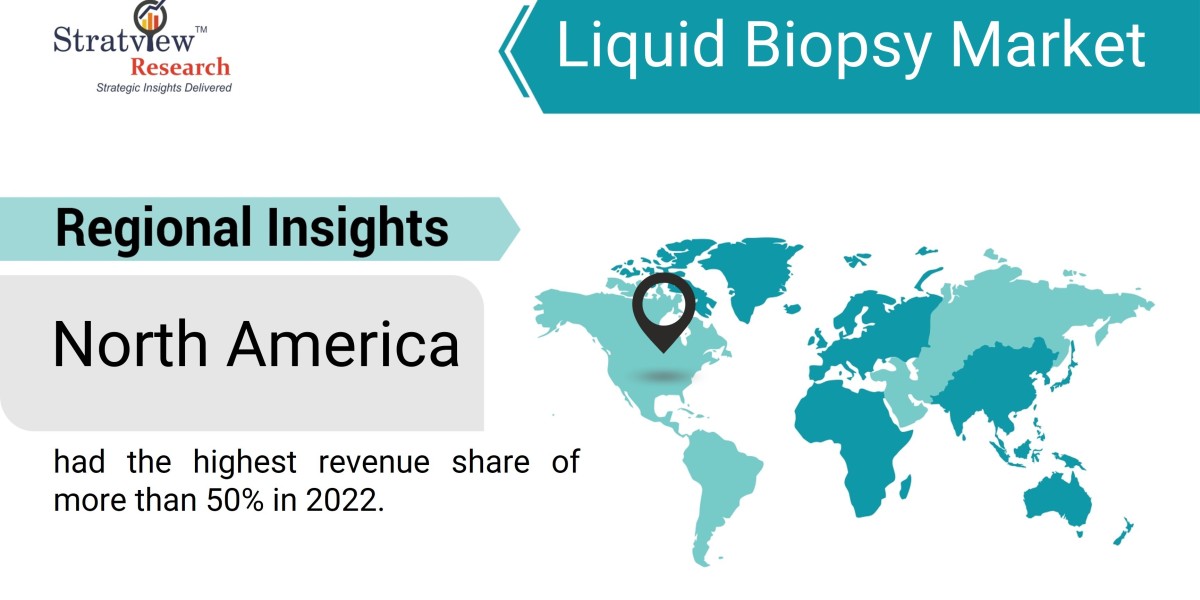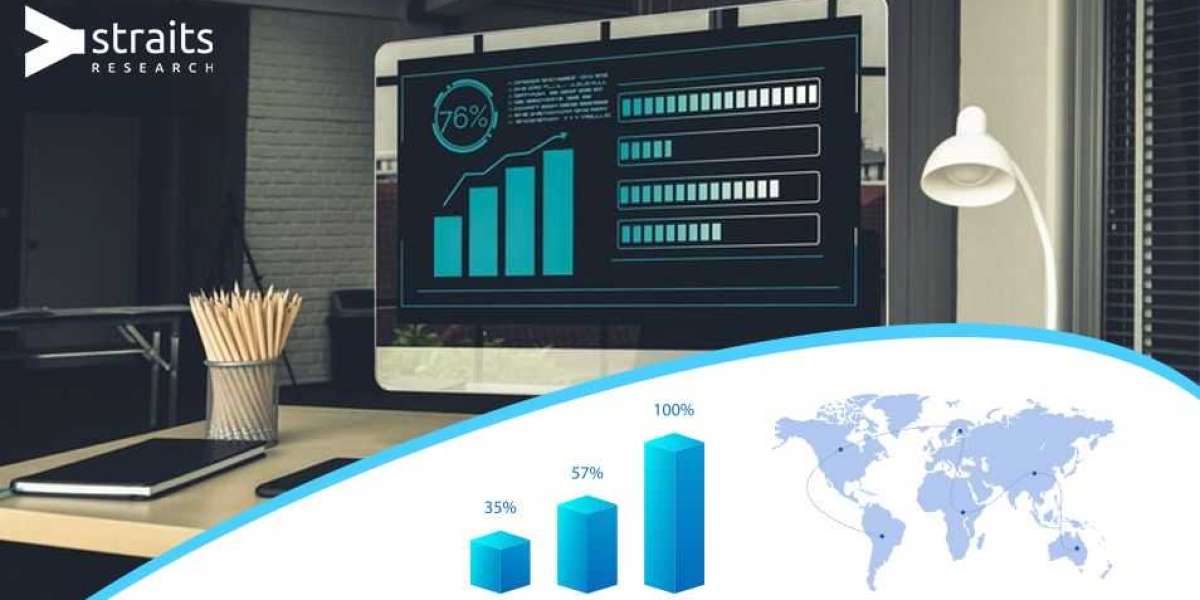The liquid biopsy market is experiencing rapid growth, driven by advancements in technology, increasing prevalence of cancer, and a shift towards personalized medicine. As a non-invasive diagnostic tool, liquid biopsies analyze circulating tumor DNA (ctDNA) and circulating tumor cells (CTCs) from a simple blood sample, providing critical insights into cancer detection and treatment. This burgeoning market presents a wealth of investment opportunities for those looking to capitalize on the next frontier in healthcare innovation. In this article, we explore the factors fueling the growth of the liquid biopsy market and highlight key areas where investors can find promising opportunities.
According to Stratview Research, the liquid biopsy market was estimated at USD 2.83 billion in 2022 and is likely to grow at a CAGR of 17.99% during 2023-2028 to reach USD 7.64 billion in 2028.
- Market Growth Drivers
Several factors are propelling the expansion of the liquid biopsy market:
Technological Advancements: Continuous improvements in next-generation sequencing (NGS), digital PCR (dPCR), and other analytical technologies have significantly enhanced the accuracy and sensitivity of liquid biopsies. These advancements are making liquid biopsies more reliable and accessible for clinical use.
Rising Cancer Incidence: With the global incidence of cancer on the rise, there is an increasing demand for effective diagnostic and monitoring tools. Liquid biopsies offer a non-invasive alternative to traditional tissue biopsies, making them an attractive option for early detection and ongoing surveillance.
Shift Towards Personalized Medicine: The move towards personalized medicine, which tailors treatment to individual genetic profiles, is driving the adoption of liquid biopsies. These tests provide detailed genetic information that helps oncologists select the most effective therapies for each patient.
Regulatory Approvals and Reimbursement: Growing regulatory approvals and favorable reimbursement policies are facilitating the adoption of liquid biopsy tests in clinical practice. As more tests gain approval and demonstrate clinical utility, their use is expected to become more widespread.
- Key Investment Areas
Investors looking to enter the liquid biopsy market should consider the following key areas:
Established Market Leaders: Companies like Guardant Health, Foundation Medicine (a subsidiary of Roche), and Illumina are at the forefront of the liquid biopsy market. Investing in these established leaders offers exposure to proven technologies and strong market positions. For instance, Guardant Health’s Guardant360 test and Foundation Medicine’s FoundationOne Liquid test are widely used for comprehensive genomic profiling.
Emerging Startups: Numerous startups are developing innovative liquid biopsy technologies, offering high-growth potential for investors. Companies such as Grail (backed by Illumina) and Freenome are focusing on early cancer detection through advanced NGS and AI-driven data analysis. Investing in these startups can provide significant returns as their technologies gain traction.
Technological Innovations: Investment in companies developing cutting-edge technologies like single-cell analysis, exosome analysis, and AI-driven diagnostic platforms can be highly lucrative. These technologies are enhancing the capabilities of liquid biopsies and expanding their applications beyond oncology.
Clinical Applications Beyond Cancer: While cancer remains the primary focus, liquid biopsies are also being explored for other clinical applications, including monitoring organ transplant rejection, detecting prenatal genetic abnormalities, and identifying infectious diseases. Companies expanding into these areas offer diversified investment opportunities.
Diagnostic and Genomic Data Companies: Firms that specialize in the analysis and interpretation of genomic data, such as Tempus and Caris Life Sciences, are integral to the liquid biopsy ecosystem. These companies provide the necessary infrastructure for integrating liquid biopsy results into clinical practice, making them attractive investment targets.
- Strategic Partnerships and Collaborations
Collaborations between biotech firms, pharmaceutical companies, and academic institutions are driving innovation and market growth. Investors should look for companies that are forming strategic partnerships to enhance their product offerings and expand their market reach. For example, collaborations between liquid biopsy companies and pharmaceutical firms can lead to the development of companion diagnostics, which are essential for targeted therapies.
- Regulatory and Market Considerations
Understanding the regulatory landscape is crucial for investors. Regulatory approvals from bodies like the FDA and EMA are critical for the commercialization of liquid biopsy tests. Additionally, securing reimbursement from healthcare payers is essential for widespread adoption. Investors should focus on companies with a clear path to regulatory approval and a robust reimbursement strategy.
Conclusion
The liquid biopsy market is poised for significant growth, offering a multitude of investment opportunities across various segments. From established market leaders to innovative startups and companies developing cutting-edge technologies, there are numerous avenues for investors to explore. The increasing prevalence of cancer, advancements in diagnostic technologies, and the shift towards personalized medicine are driving the demand for liquid biopsies, making this an opportune time to invest in this transformative market. By carefully evaluating the key drivers, strategic partnerships, and regulatory landscape, investors can position themselves to capitalize on the promising future of liquid biopsies in healthcare.



